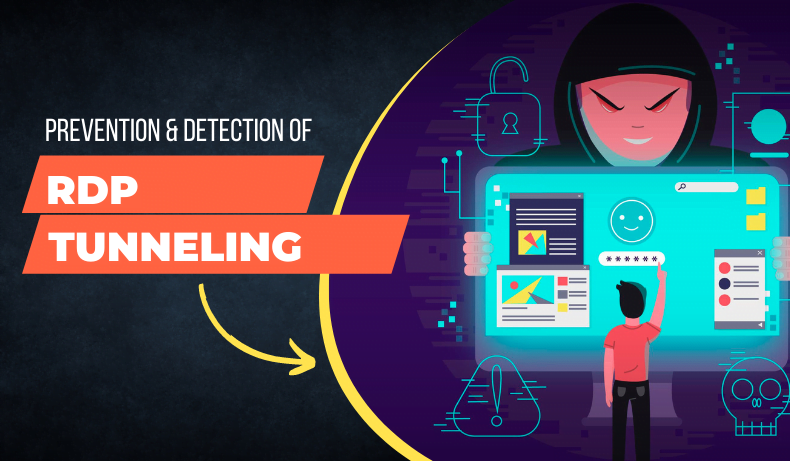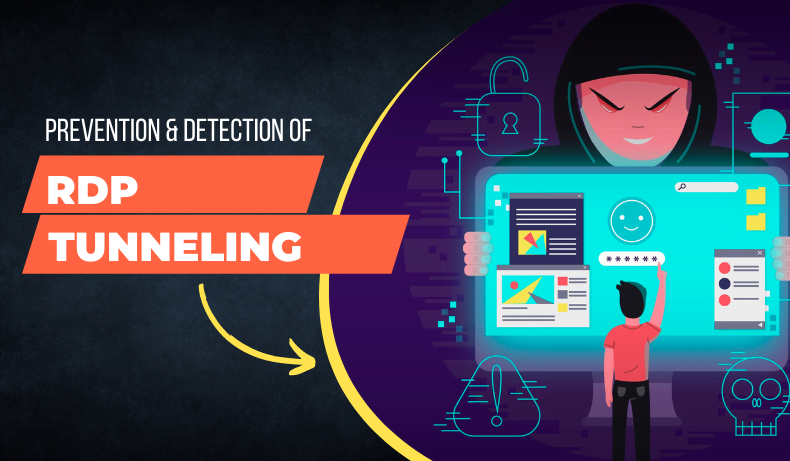November 9, 2019
What Are The Benefits Of Buying Cheap RDP Online?
In today’s digital age, where remote work and online collaboration are becoming increasingly prevalent, Remote Desktop Protocol (RDP) has...
 August 22, 2022
August 22, 2022


Leave a comment